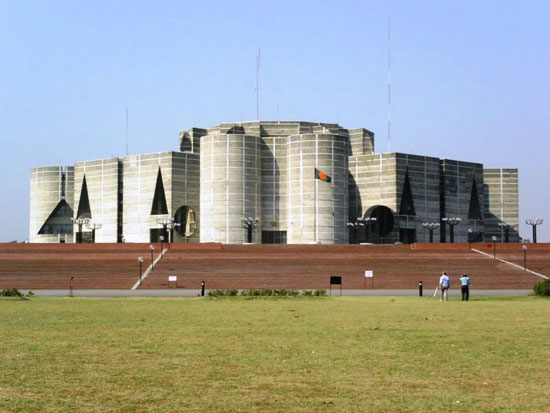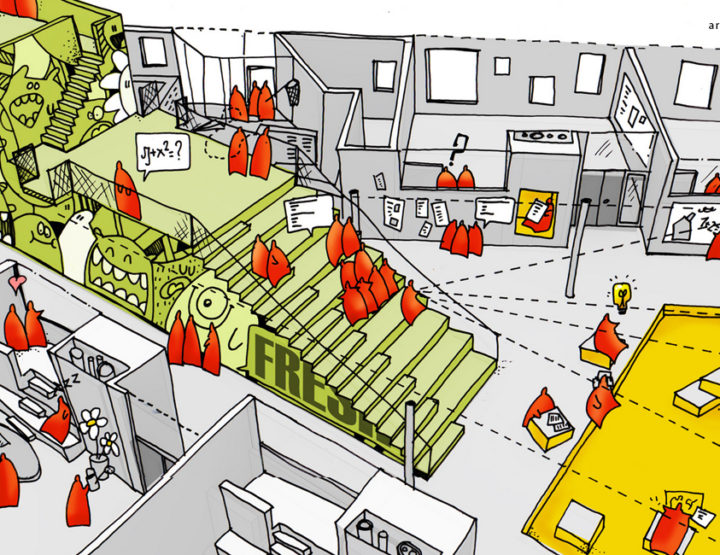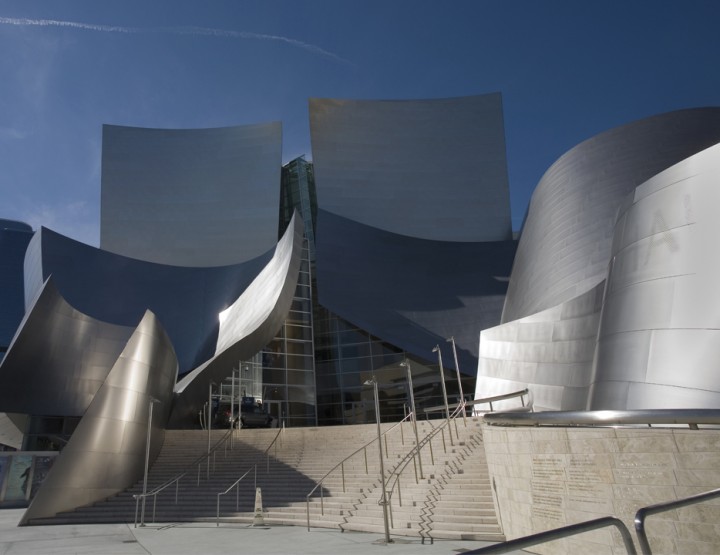When speaking of the foremost modern architects of the 20th century, it’s impossible not to mention Louis Kahn. Born in Estonia in 1901, Kahn immigrated to the United States and forged an architectural career and body of work that is nothing short of grand and enviable.
Kahn is most notable for his simple, yet highly intimate architectural and design compositions. He was a man who had a genuine sympathy for the site on which he was building and went to great lengths to honor it. Kahn was extremely interested in the look and feel of building materials – brick and concrete were among his favorites – and he would strive to use them in new and innovative ways. He was known for his somewhat obsessive dedication to the use of sunlight and the way it entered a building through windows and other openings. Kahn was also influenced heavily by his travels, which included countries as diverse as Italy, Greece and Egypt. Perhaps more than any other discernable characteristics of his buildings, geometric shapes are featured prominently and with love. Among Kahn’s most notable buildings are the Kimbell Art Museum in Fort Worth, Texas, interesting for its dynamic and curved vaulted ceilings; the Yale Art Gallery in New Haven, Connecticut, beautifully designed in brick and limestone; and the Salk Institute, a research center in La Jolla, California, striking in its starkness and reception of light.
Of the aforementioned Kimbell Art Museum, Kahn was once quoted as saying, “The building feels…that I had nothing to do with it… that some other hand did it.” While we at Styleture are impressed with Kahn’s modesty, we have no doubt who was at the helm when we are eying his works of architectural genius.






